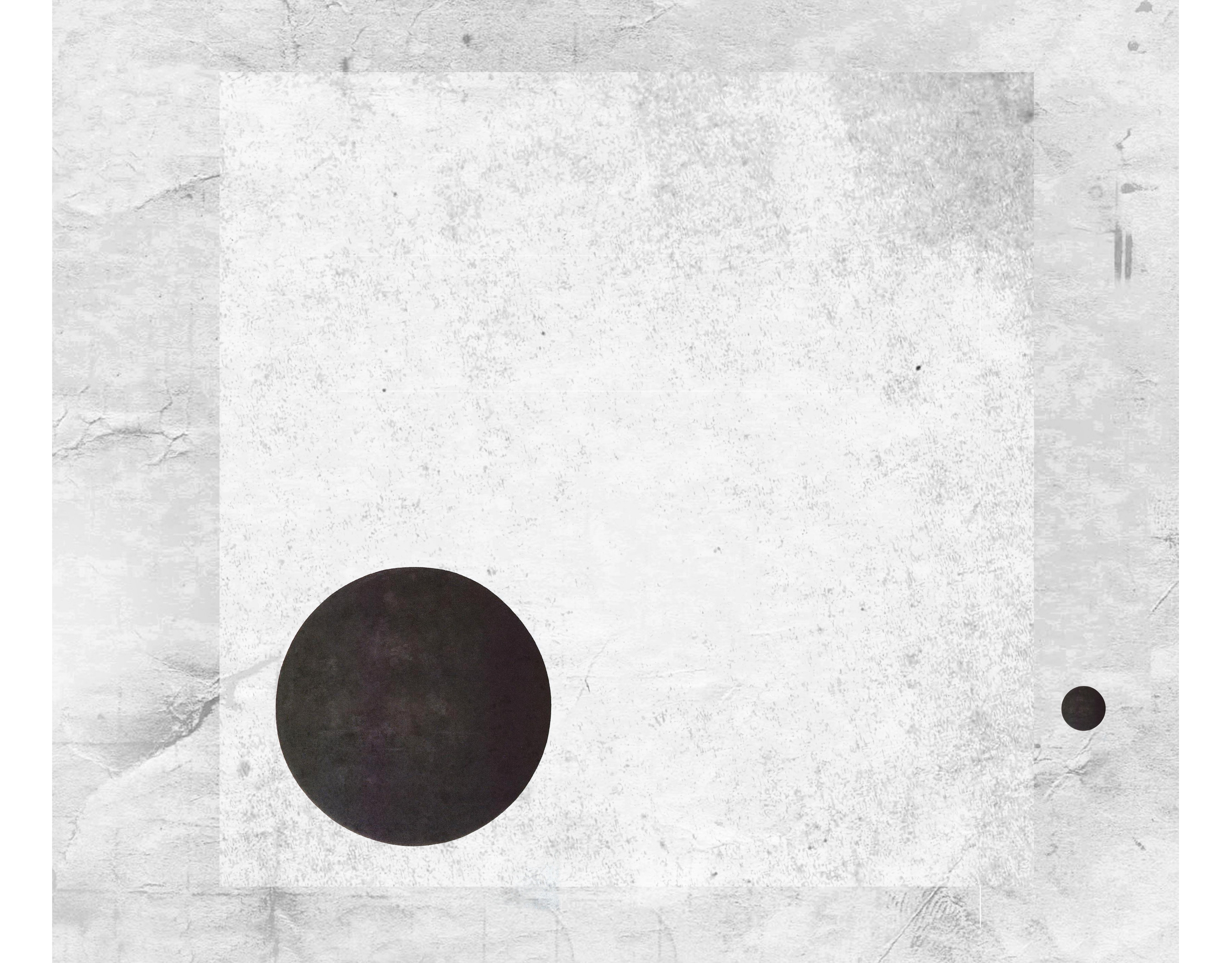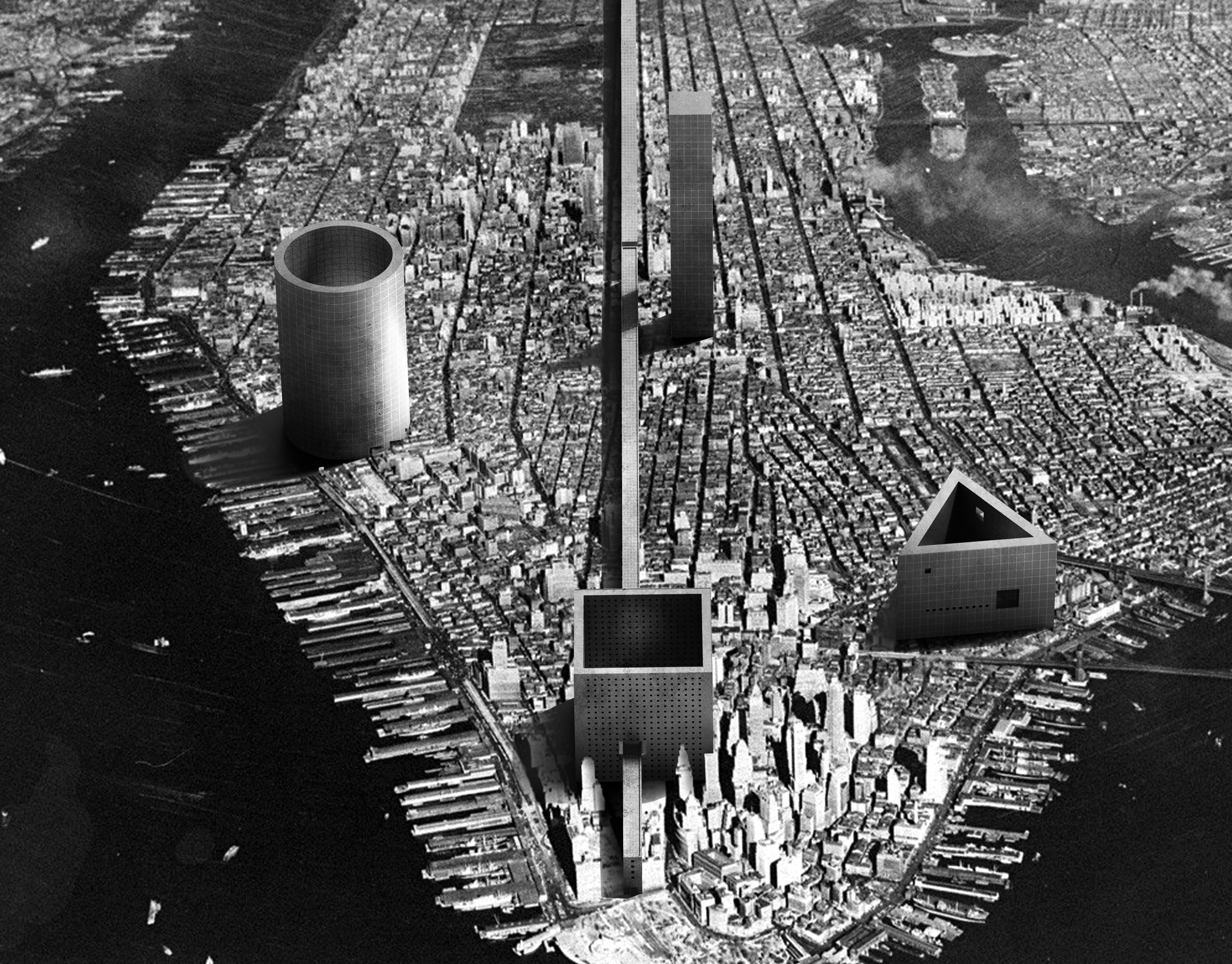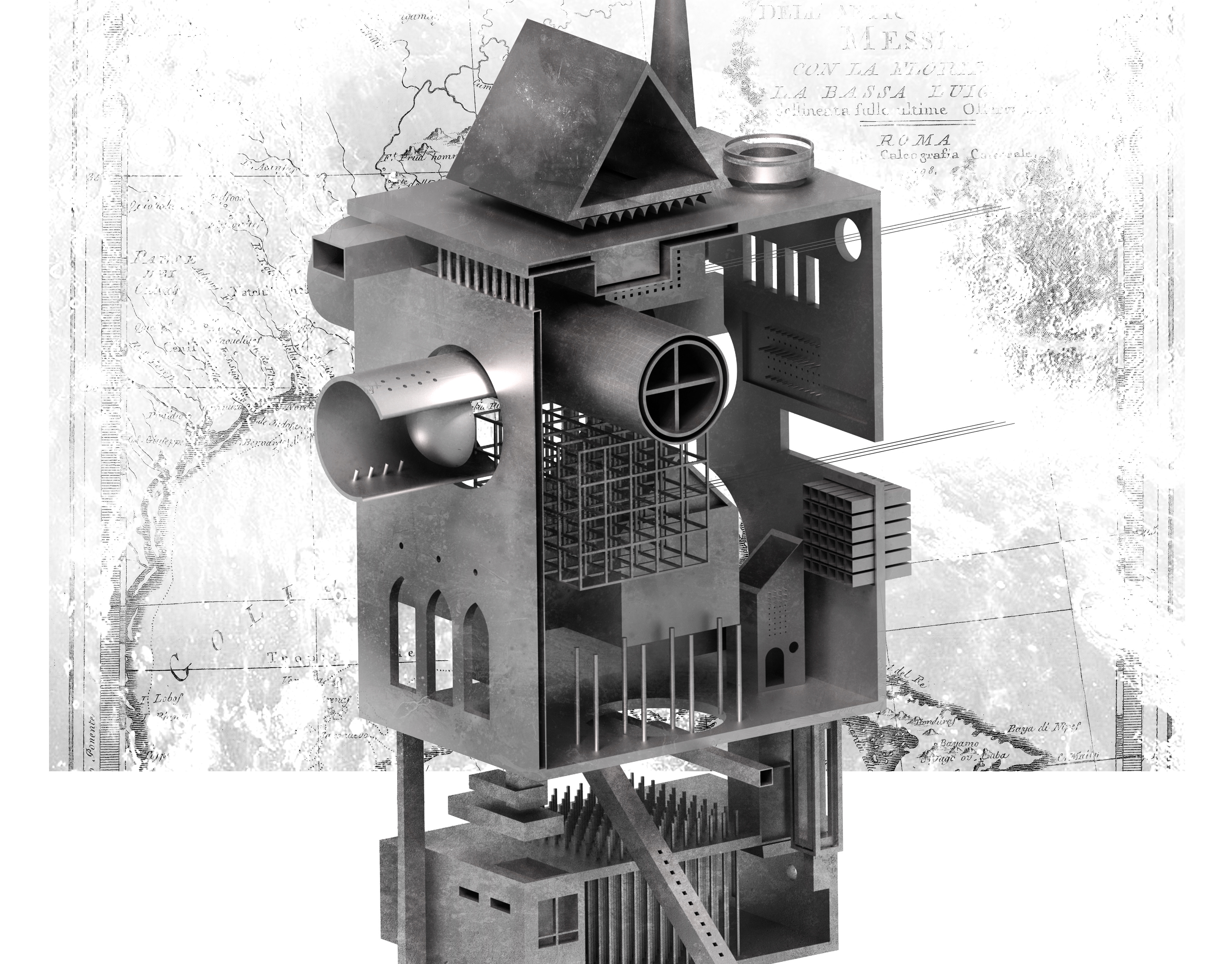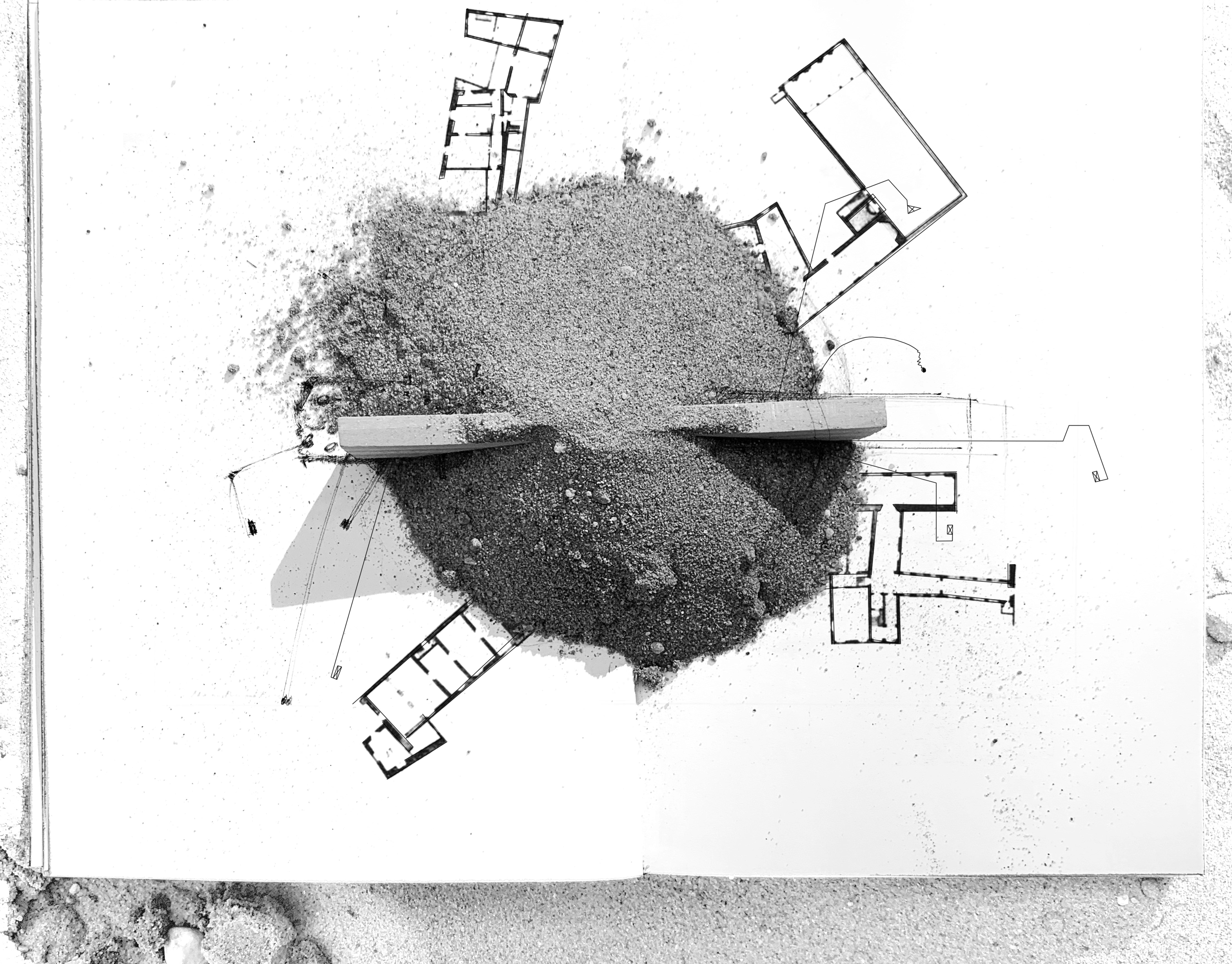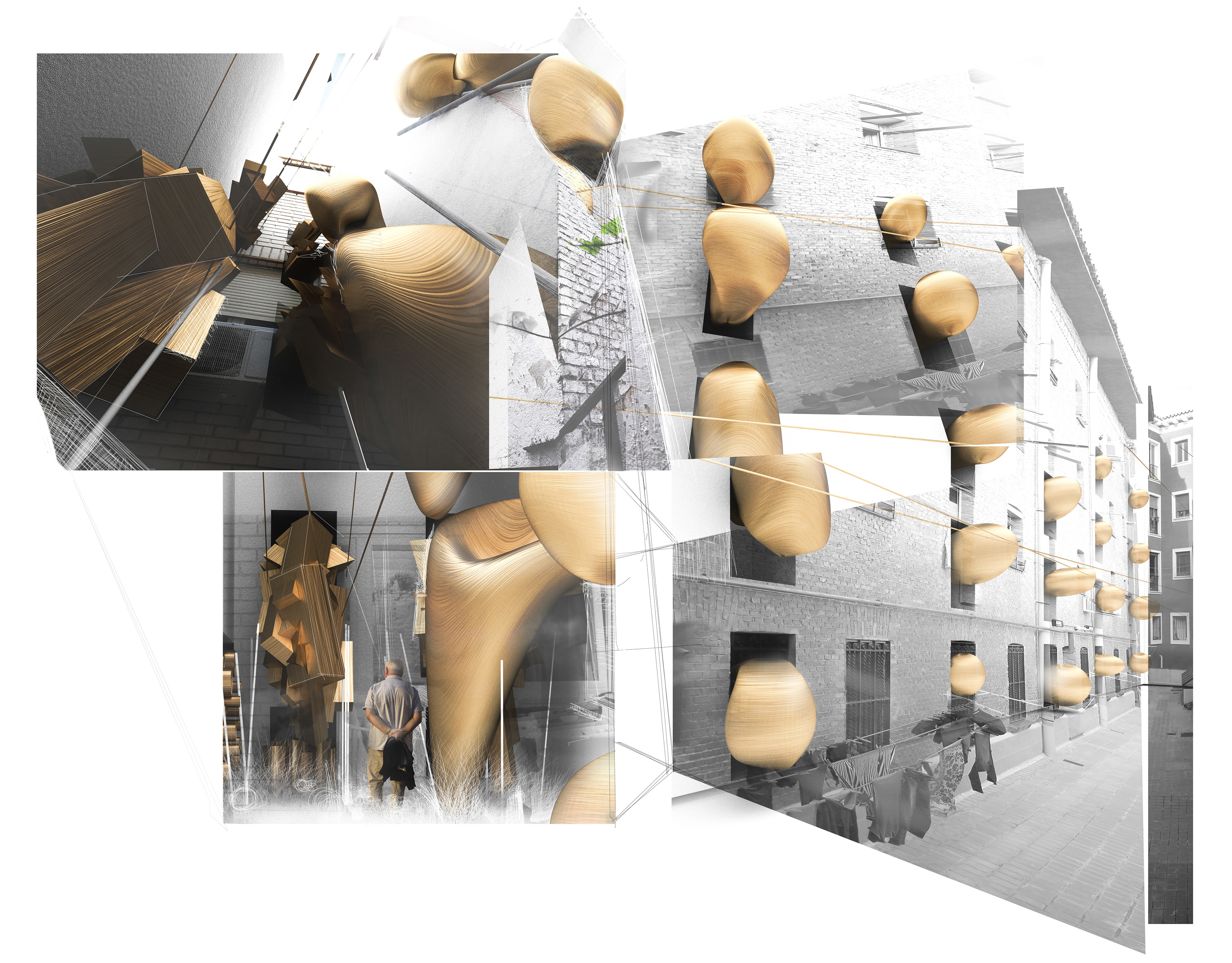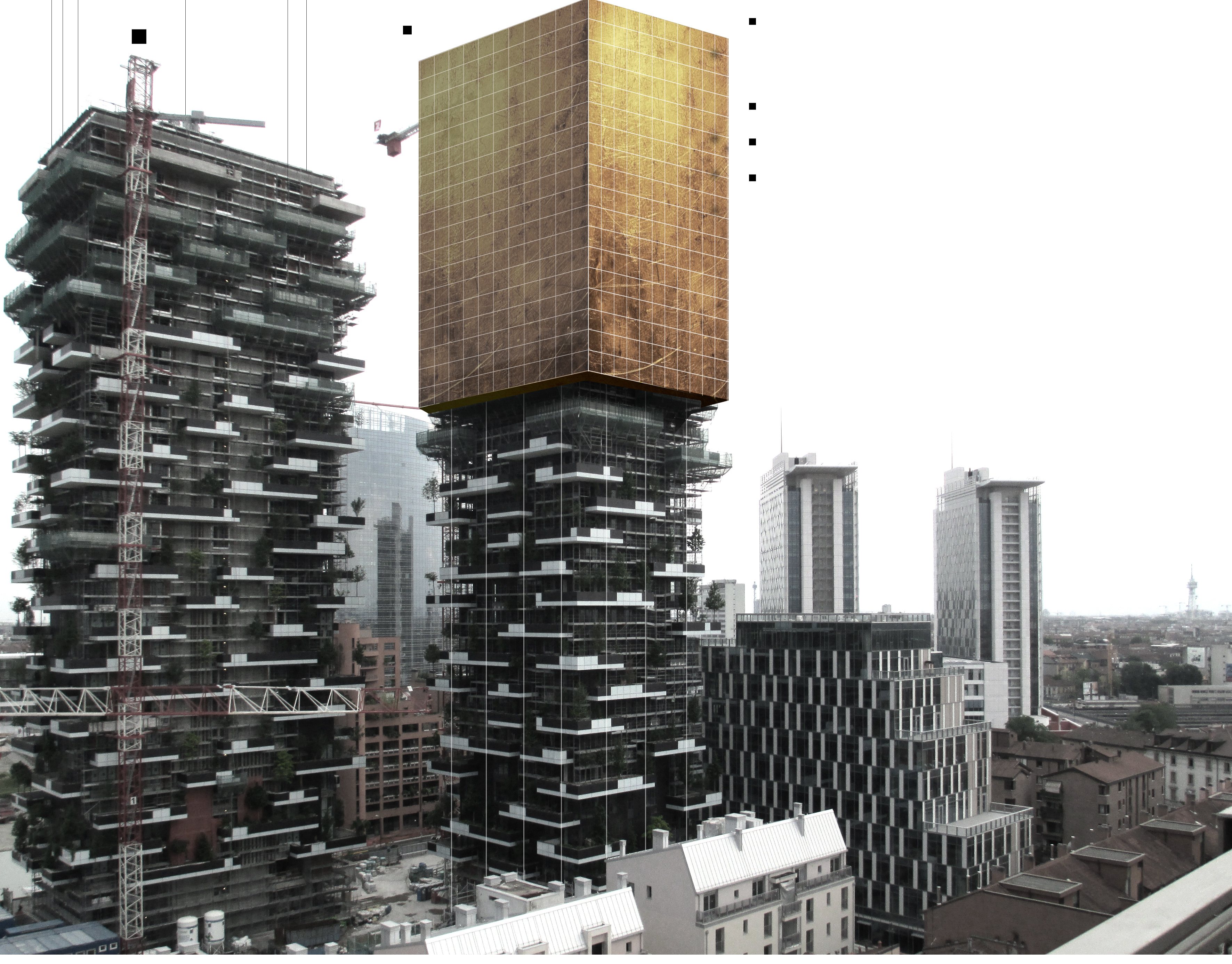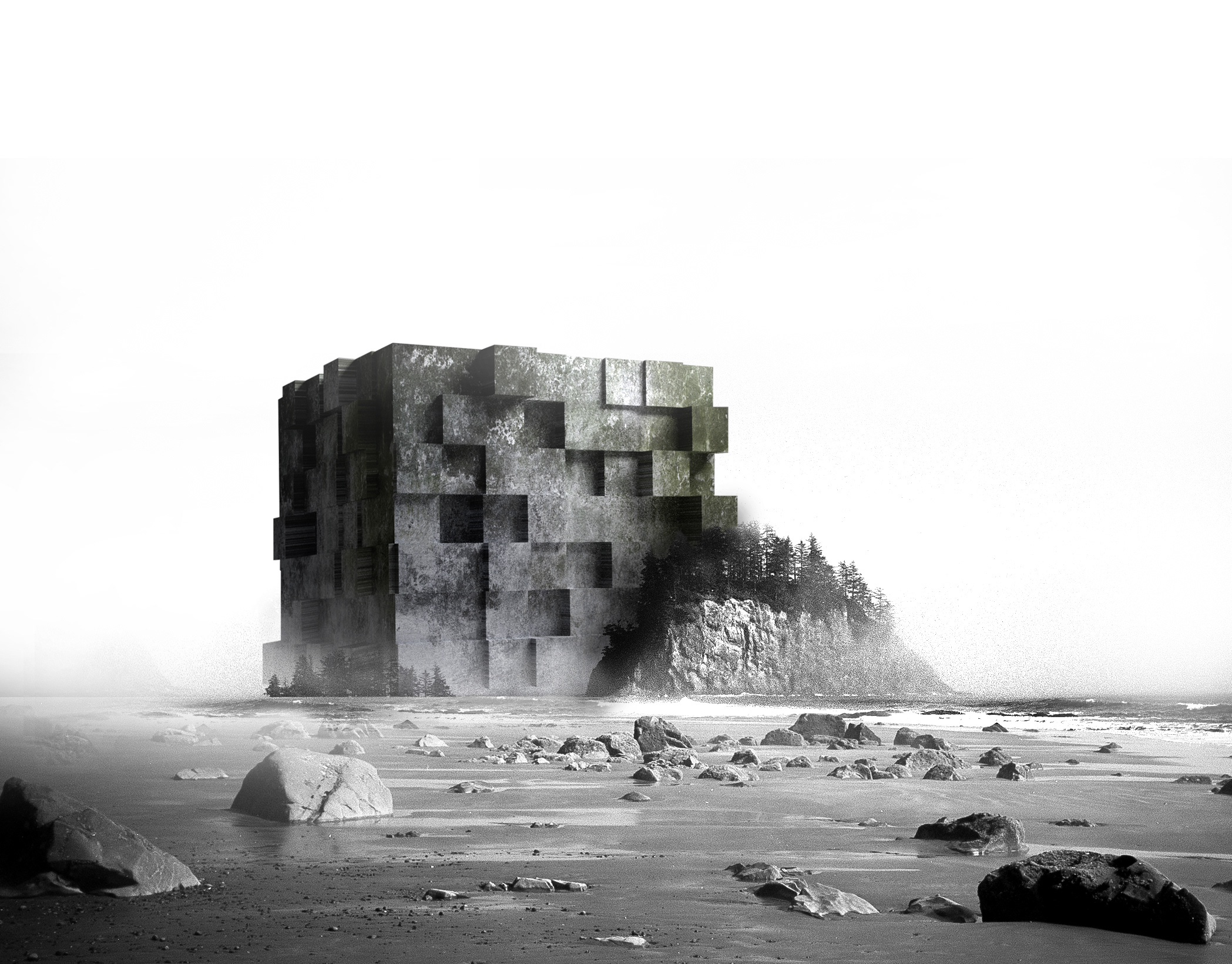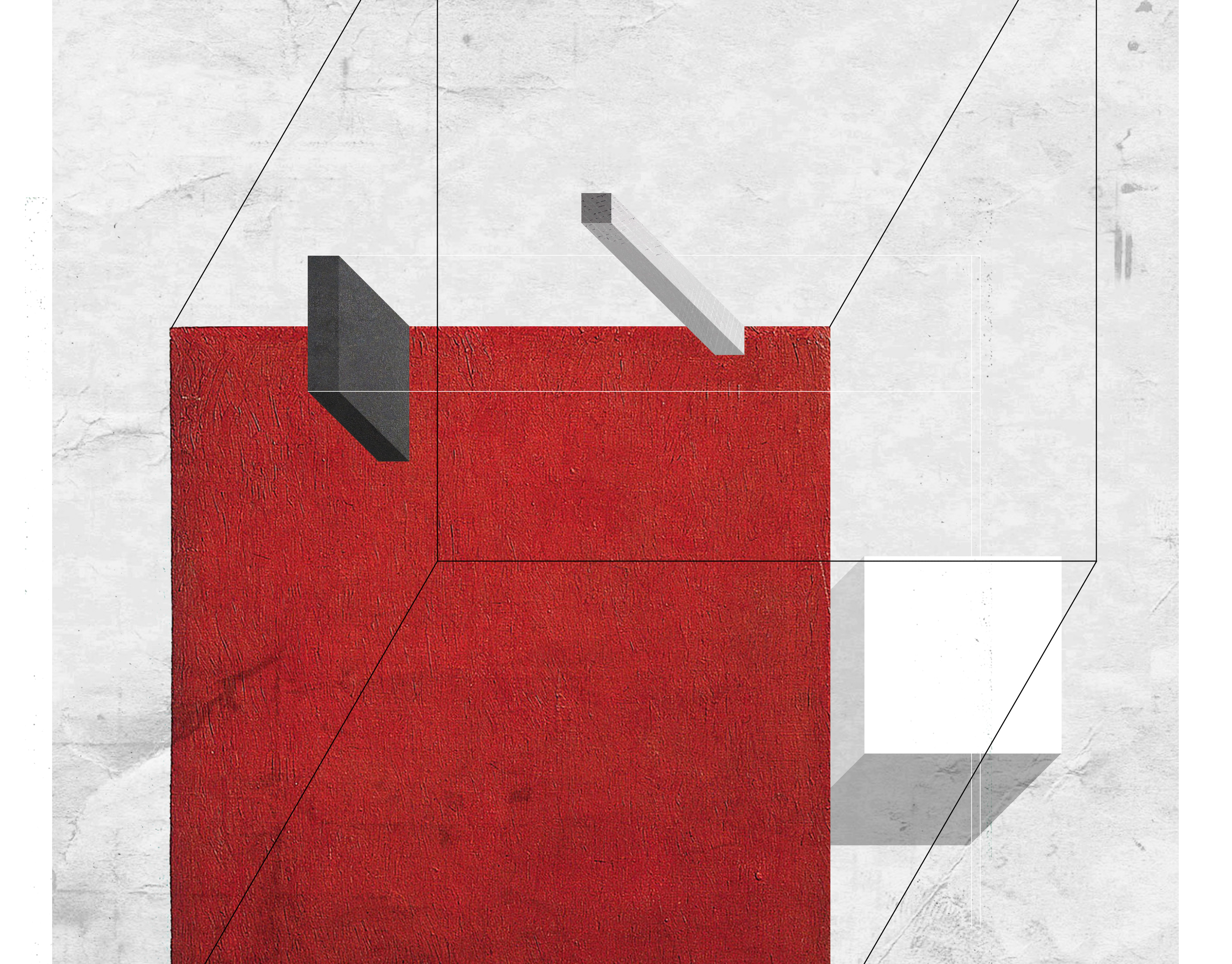Articulating the Void, Milano, Italia
Inside the Void, there are segments of space that may be assigned to two or more systems of reference. These “places” are more clearly understood and readable when the number of reference systems is bigger. The formed prototypes are elements which configuration is flexible and modifiable in the base of the physical morphology of the immediate context. The observer may identify itself in relation to one or another system of interaction as a consequence of the resulting tension. Bernard Hoesli utilises the observer as a guide in his analysis of the principles of Phenomenological and Literal Transparencies. For reading the Void, we must understand its configuration as based in complex spatial grids, layered as following the chronological evolution of places, but which connections and interactions are retroactive, time is not a limiting factor when understanding the configuration of the city's subconscious. If the city can be seen as a Hyper Landscape, then the Void is also one. The landscape is not anymore a theater, a scene that makes sense from very specific points of view. Rather, it is a super crowded field of operations. The network of buildings, ground, parks, history, culture, and topography determine irregularities that penetrate and overlap each other.

Duomo di Milano
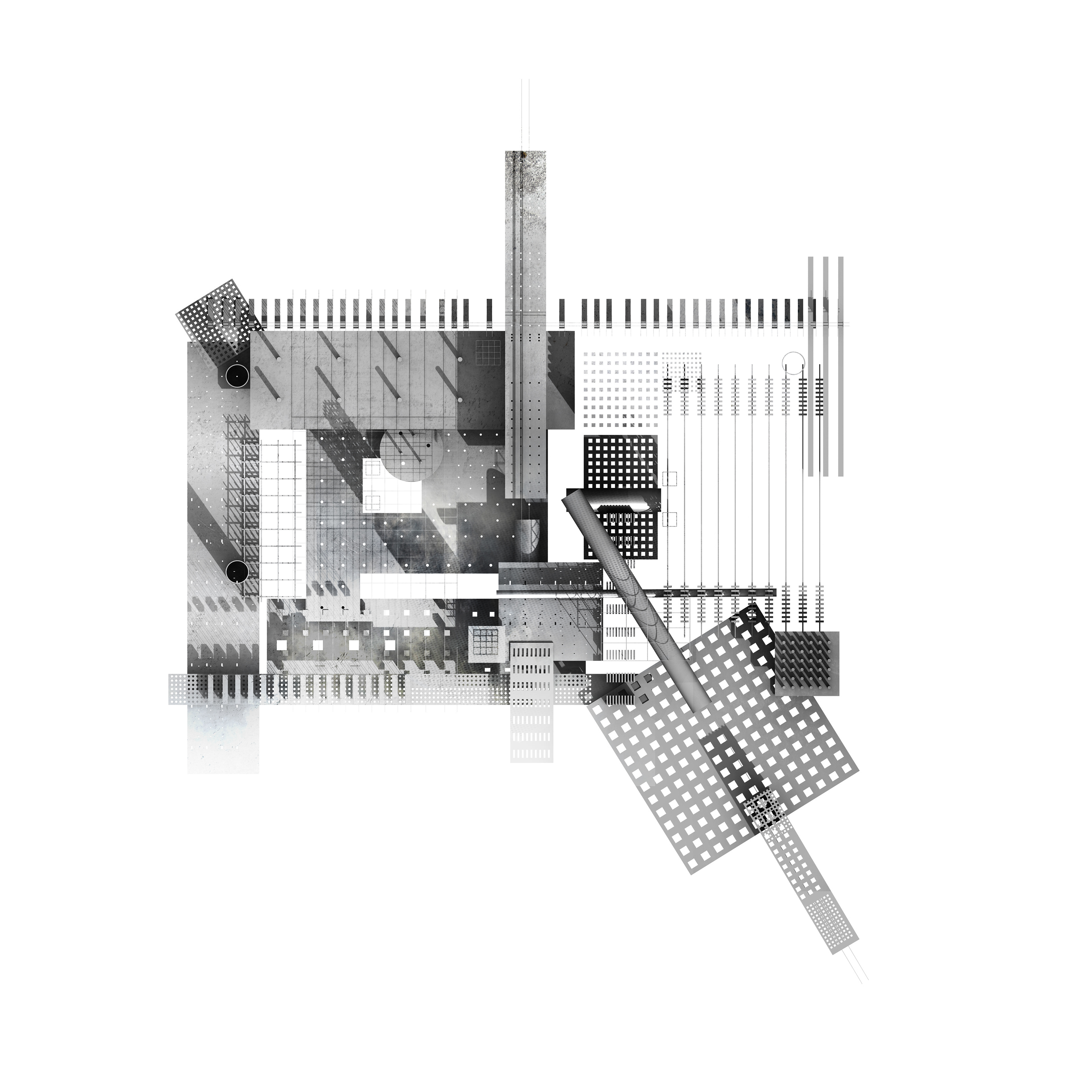
Duomo di Milano
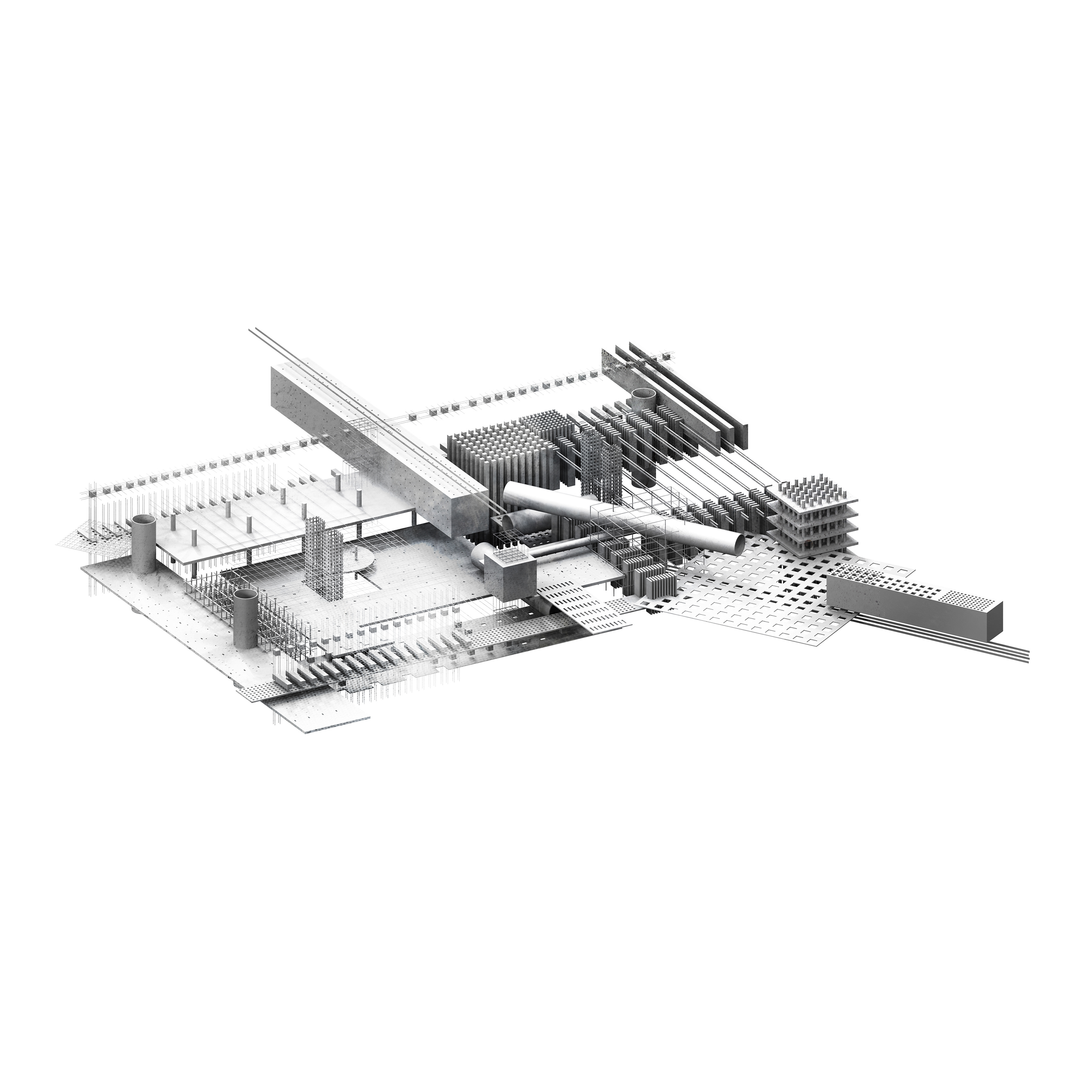
Duomo di Milano

Piazza dei Mercanti

Piazza dei Mercanti

Piazza dei Mercanti
If we could attribute to space the qualities of water, then the Void would be like dams, by mean of which space is contained, embanked, tunneled, sliced, and finally spilled into the informal space that represents its borders and that connects it with the rest.
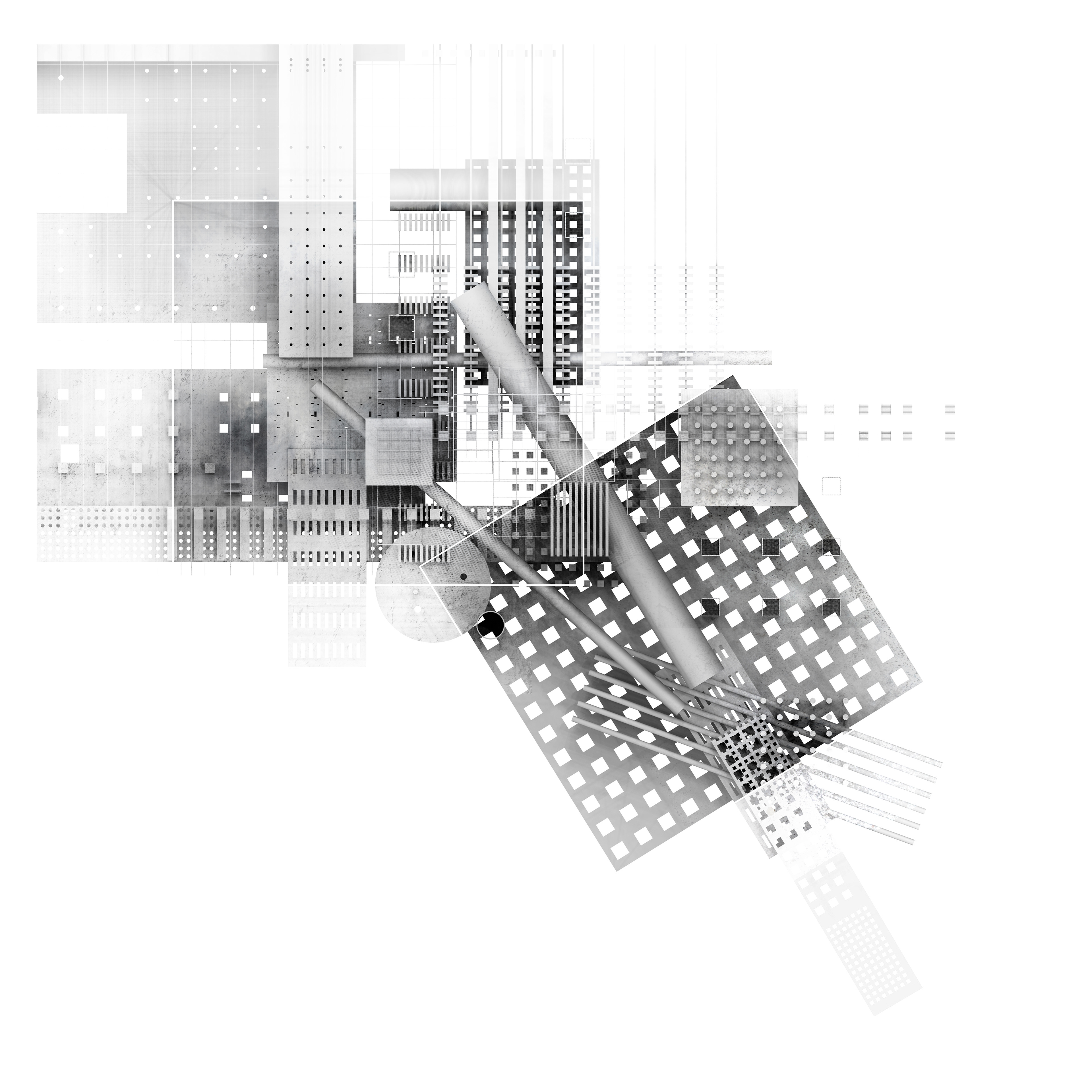
Piazza del Duomo, Milano
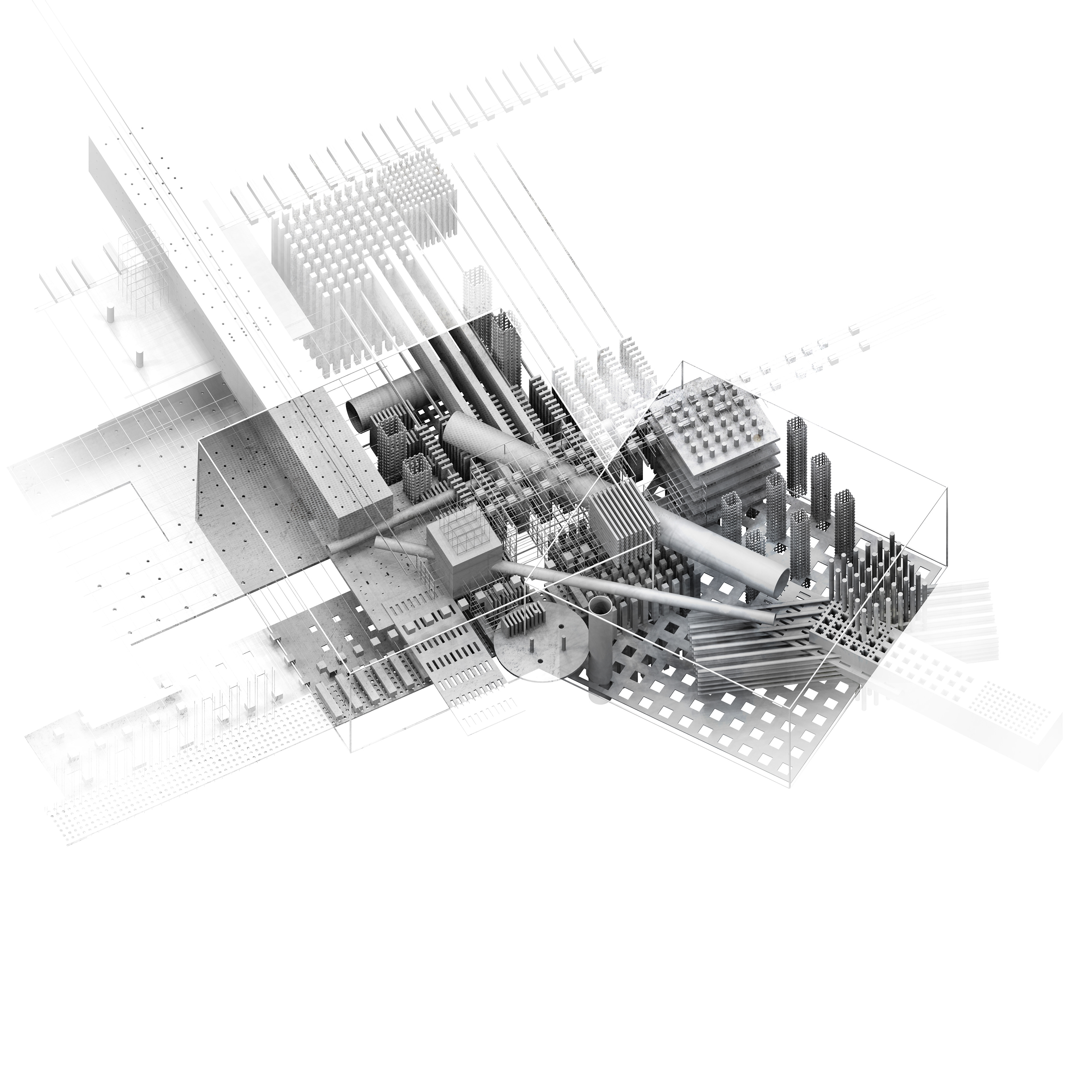
Piazza del Duomo, Milano
La Città di Milano
